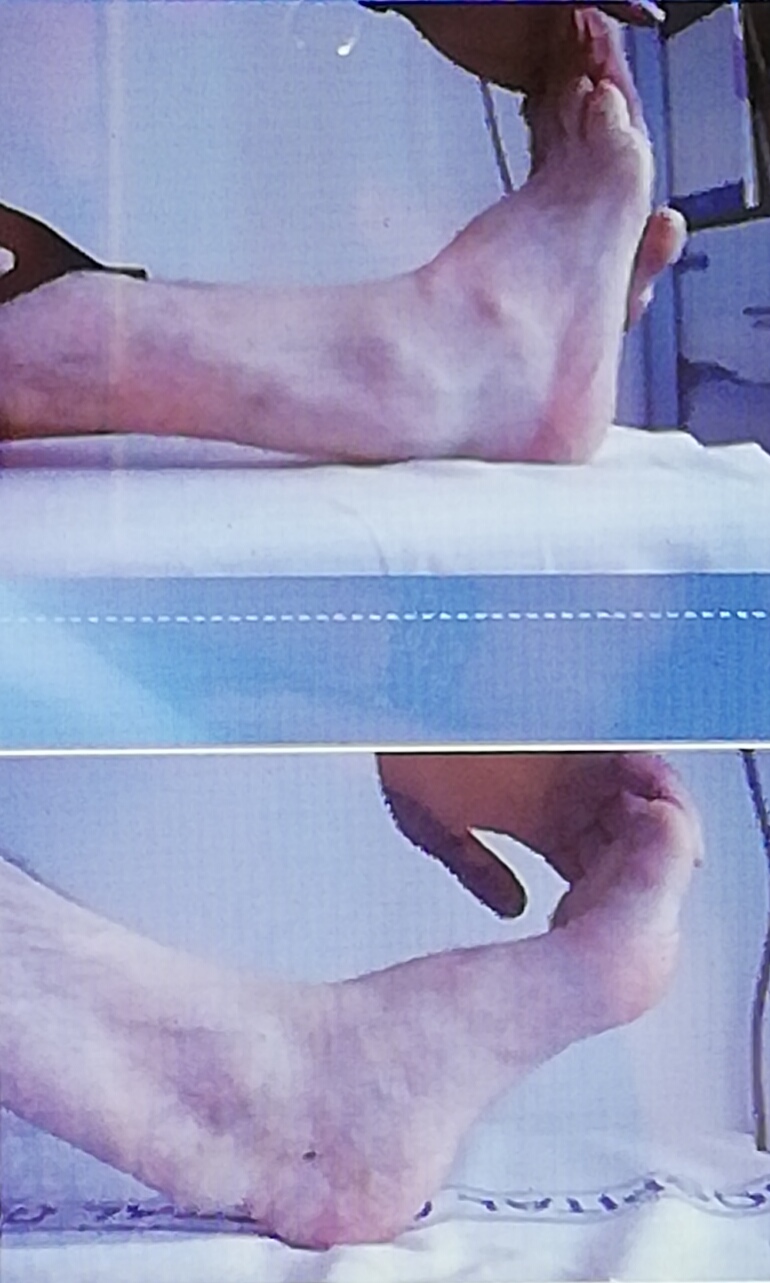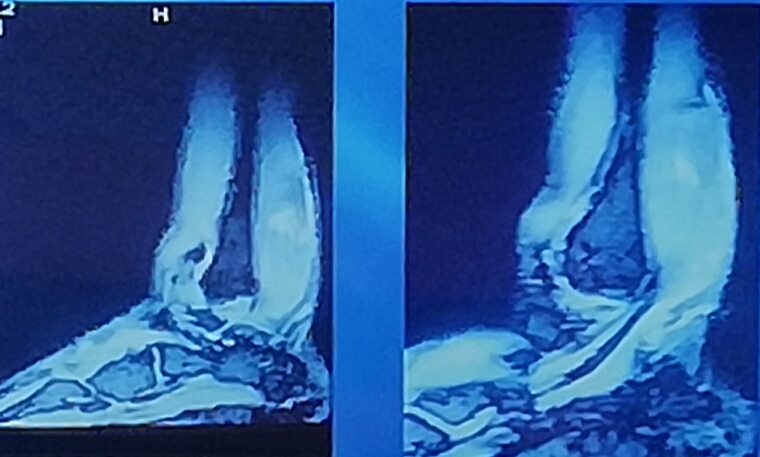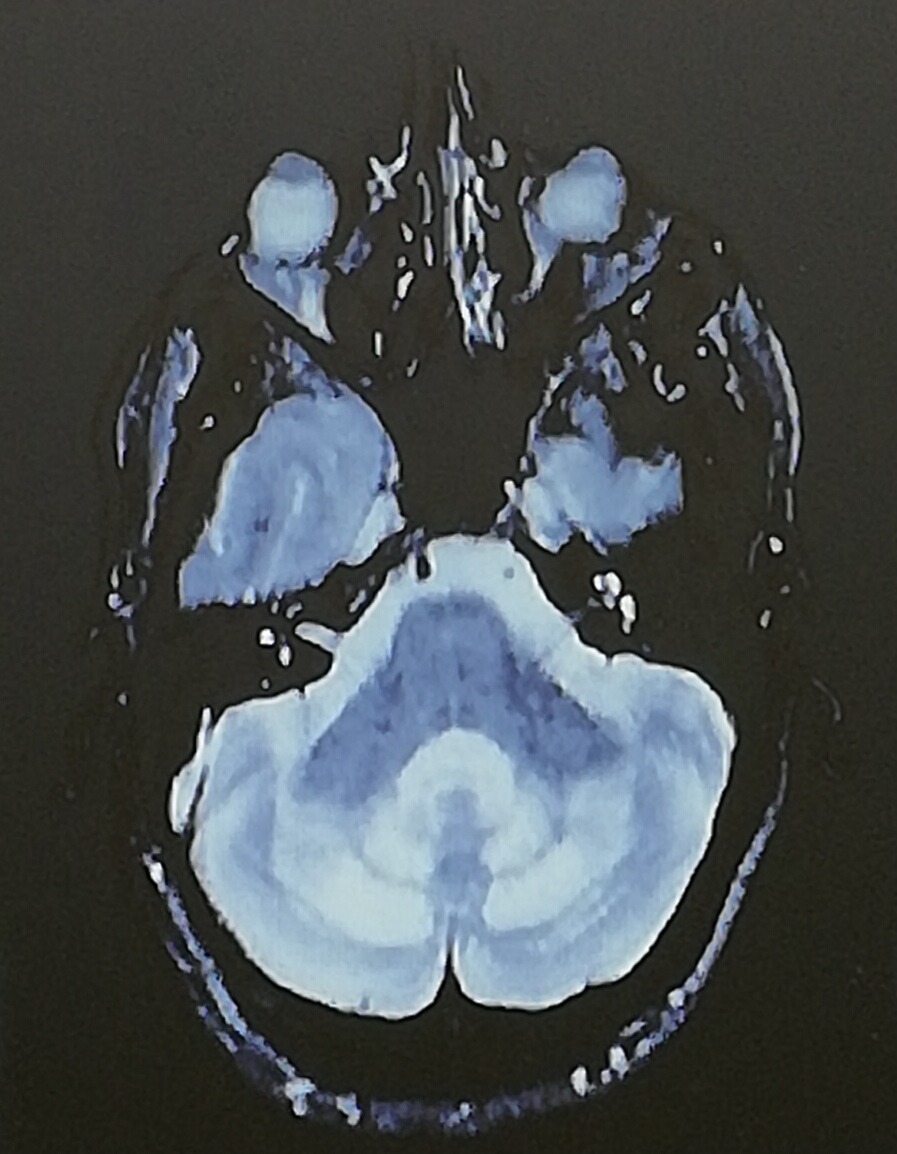Session Information
Date: Saturday, October 6, 2018
Session Title: Rare Genetic and Metabolic Diseases
Session Time: 1:45pm-3:15pm
Location: Hall 3FG
Objective: Cerebrotendinous xanthomatosis(CTX)is a relentless progressive disorder with treatment predominantly preventive,so early diagnosis is crucial.The object of this study is to evaluate clinical manifestations and neuroradiological findings.We also present our own case series,in which four CTX patients were evaluated
Background: CTX is a lipid storage rare disease with an autosomal recesive inheritance.Clinical features are insidious,unpredictable and progressive.However,there are many disordes which can mimic CTX.Clinicians should be aware of these condition
Methods: Three patients had the classic clinical form:gait disturbance with ataxia,pyramidal signs,slurred speech and disphagia as predominant symptoms. Patient 1,a 24-year-old male,who was the younger patient at diagnosis,had cataracts surgery at the age of 10 and was the only patient with consanguineous parents history. Patients 2 and 3 were two middle-aged females with cognitive impairment in addition to the symptoms previously described.Patient 3 also had history of chronic diarrhoea. Another patient(number 4)had a spinal form with spastic paraparesis, seizures and chronic diarrhoea. Patients 1,2 and 4 had remarkable tendon xanthomas.
Results: All of them had typical findings in neuroimaging,with both dentate hyperintensity on T2 MRI and some of them diffuse atrophy and white matter changes with predominant cerebellar involvement. Laboratory findings showed the characteristic elevated levels of serum cholestanol,and the diagnosis of CTX was made without necessity of genetic testing.Nevertheless,it was carried out in order to confirm the diagnosis. All patients started treatment with chenodeoxychoolic acid(CDCA).Patient 1had a spectacular improvement of his ataxia and tendon xanthomas,patients 2 and 4 kept clinically stable and patient 3,who was the more delayed diagnosis,died at home.
Conclusions: Although CTX could mimic many different diseases, we should always remember that it exists,especially in that patients who present with systemic symptoms as diarrhoea and cataracts. The real benefit of CDCA treatment remains unclear.In addition,we are talking about a disorder that presents an average diagnosis delay of 19 years. We want to emphasize the importance of thinking in this disorder because it is a potentially treatable condition and an early diagnosis and beginning of the treatment could change the prognosis of these patients.
References: D. Bartholdi, D. Zumsteg, A.Verrips, R. A.Wevers, E. Sistermans, K.Hess, H. H. Jung. Spinal phenotype of cerebrotendinous xanthomatosis. A pitfall in the diagnosis of multiple sclerosis. J Neurol (2004) 251 : 105–107. B. Pilo-de-la-Fuente, A. Jimenez-Escrig, J. R. Lorenzo, J. Pardo, M. Arias, A. Ares-Luque, J. Duarte, S. Muñiz-Perez and M. J. Sobrido.Cerebrotendinous xanthomatosis in Spain: clinical, prognostic, and genetic survey. European Journal of Neurology 2011, 18: 1203–1211. B. Pilo de la Fuente, I.Ruiz, A. Lopez de Munain, A. Jimenez-Escrig. Cerebrotendinous xanthomatosis: Neuropathological findings. J Neurol (2008) 255:839–842.
To cite this abstract in AMA style:
D. Cerdán, B. Fernández, J. Eguizábal, P. Gil, A. Mendoza, A. Castrillo, F. Rodríguez, C. Tabernero, J. Duarte. Cerebrotendinous Xanthomatosis: A heterogeneous condition [abstract]. Mov Disord. 2018; 33 (suppl 2). https://www.mdsabstracts.org/abstract/cerebrotendinous-xanthomatosis-a-heterogeneous-condition/. Accessed April 18, 2025.« Back to 2018 International Congress
MDS Abstracts - https://www.mdsabstracts.org/abstract/cerebrotendinous-xanthomatosis-a-heterogeneous-condition/



